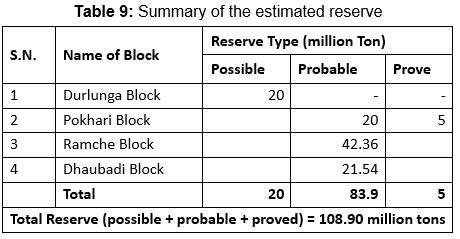1. Background
The Department of Mines and Geology (DMG) has conducted preliminary, semi-detail and detail exploration works of hematite mineralization in Dhaubadi area of Nawalparasi district in the fiscal year 2066/67, 2067/68, 2068/69, 2072/73, 2073/74 and 2074/75. The hematite mineralization zone was traced within the extension by different methods of sampling and other exploratory techniques. The analysis of samples collected has shown the presence of promising grade and quantity of hematite ore.
2. Location And Accessibility
The iron mineralization zone lies in the Hupsekot Rural Municipality-5, East Nawalparasi Province-4, Nepal. This area lies about 20km north from East-West Highway.
.jpg)
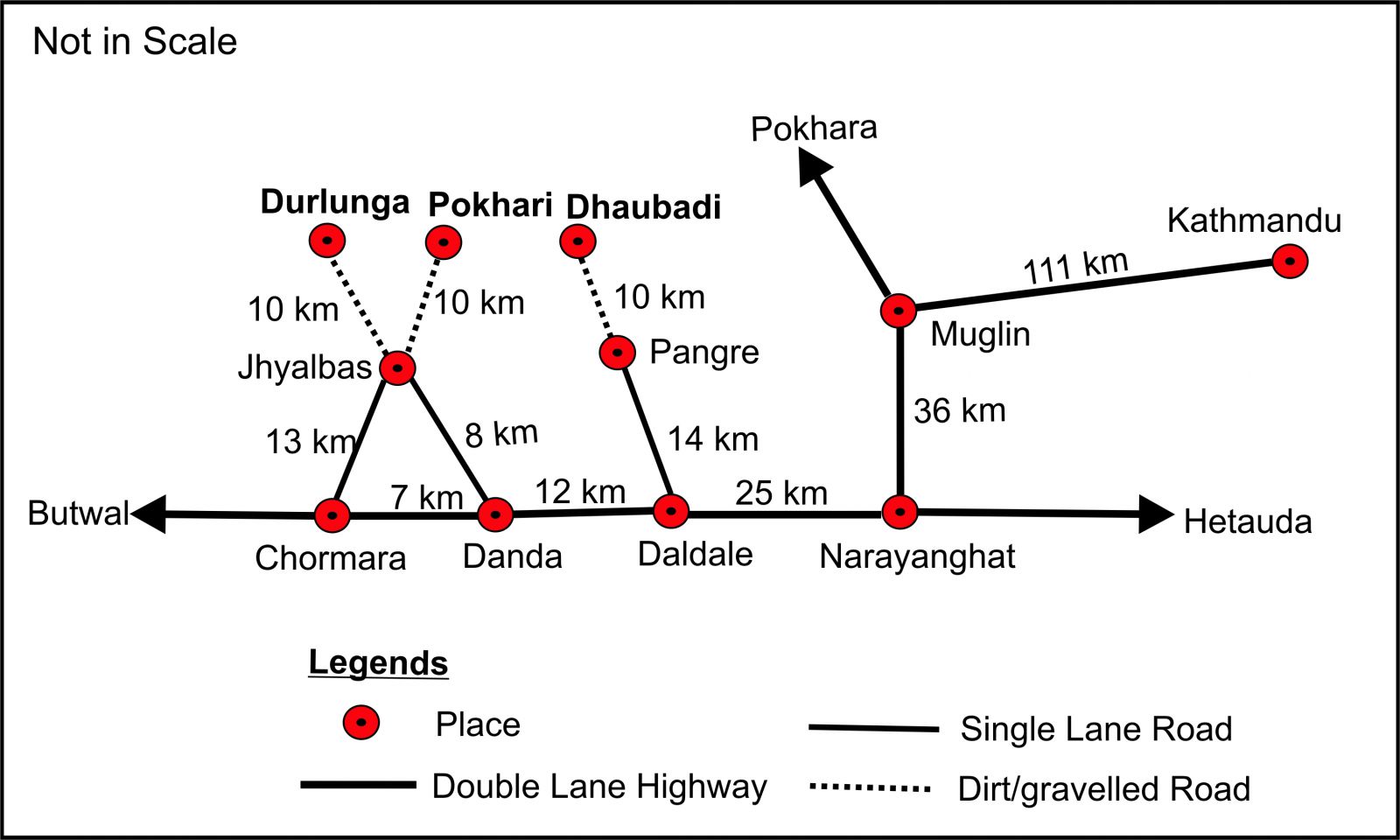
3. Geology
The study area lies in the Lesser Himalaya in north and Sub Himalaya in south. The Lesser Himalaya is thrusted over the Sub Himalaya along north dipping Main Boundary Thrust (MBT). The Lesser Himalaya consists of rock of Lakharpata Group and Surkhet Group. The Surkhet Group rest unconformably above Lakharpata Group. The lithology and age of the Formation is shown in Table 1.
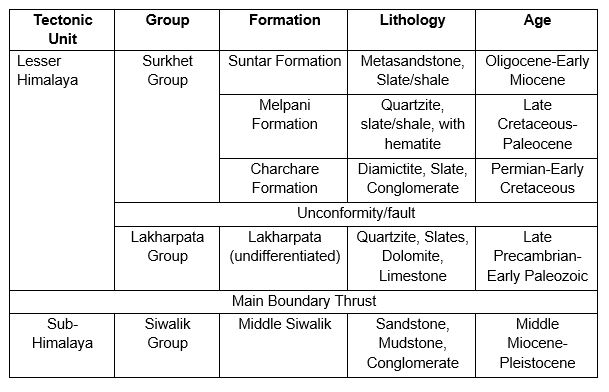
4. Mineralization OD Hematite
The Hematite mineralization is found in the Melpani Formation of Surkhet Group. The hematite zone was traced almost east-west extension of southern limb of syncline. However, in the northern limb, it is found to be omitted at most places probably by fault. However due to longitudinal and transverse faults, the zone is largely obliterated in the northern limb. About 10 km length of Hematite Mineralization was traced with the Melpani Formation of Surkhet Group of Rock in Fiscal years 2067/2068 and 2068/069. The mineralized zone consists of black to olive green shale, green quartzite, thick bedded white quartzite and black shales interbedded with hematite beds. Few Hematite beds seems to more siliceous. The mineralized band is displaced by local fault. The average thickness of mineralization band is about 25 m. The hematite is thin to massive bedded and is interbedded with grey to olive green quartzite and greenish grey to grey slate. The ore is compact, fine to coarse grained, oolitic and siliceous in the form.
The genesis iron ore deposit of Dhauwadi-Pokhari is of sedimentary metamorphosed hematite–magnetite type as the other important iron deposits of Nepal (e.g. Phulchauki Iron Deposit, Thosey Iron Deposit).
For the detail study of mineralization band, the total area is divided into four blocks shown in Map 2 and named as from west to east are:
- Durlunga Block: From Namjikot to Khanigaon
- Pokhari Block: From Khanigaon to Tharpadanda
- Ramche Block: From Tharpadanda to Khalte
- Dhaubadi Block: From Khalte to Shantipark
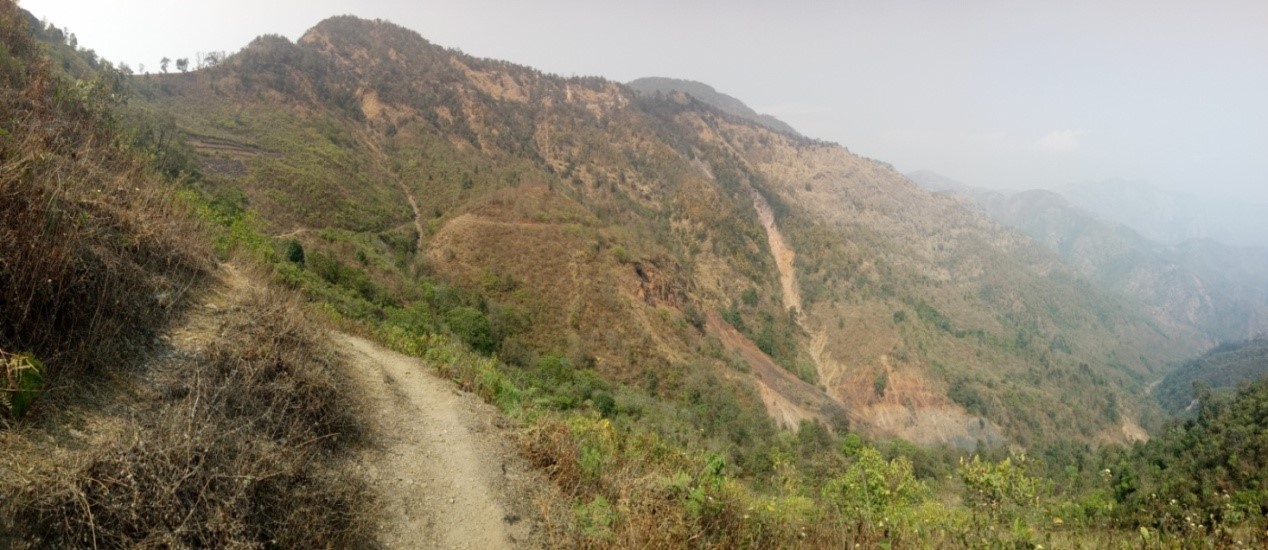
Table 2- Reconnaissance and Preliminary exploration work in whole mineralization zone
| Area of study area | 100 Sq. Km. |
| Fiscal year | 2066/67, 2067/68, 2068/67 |
For the detail study of mineralization band, the total area is divided into four blocks shown in Map 2 and named as from west to east are:
A. Durlunga Block: From Namjikot to Khanigaon
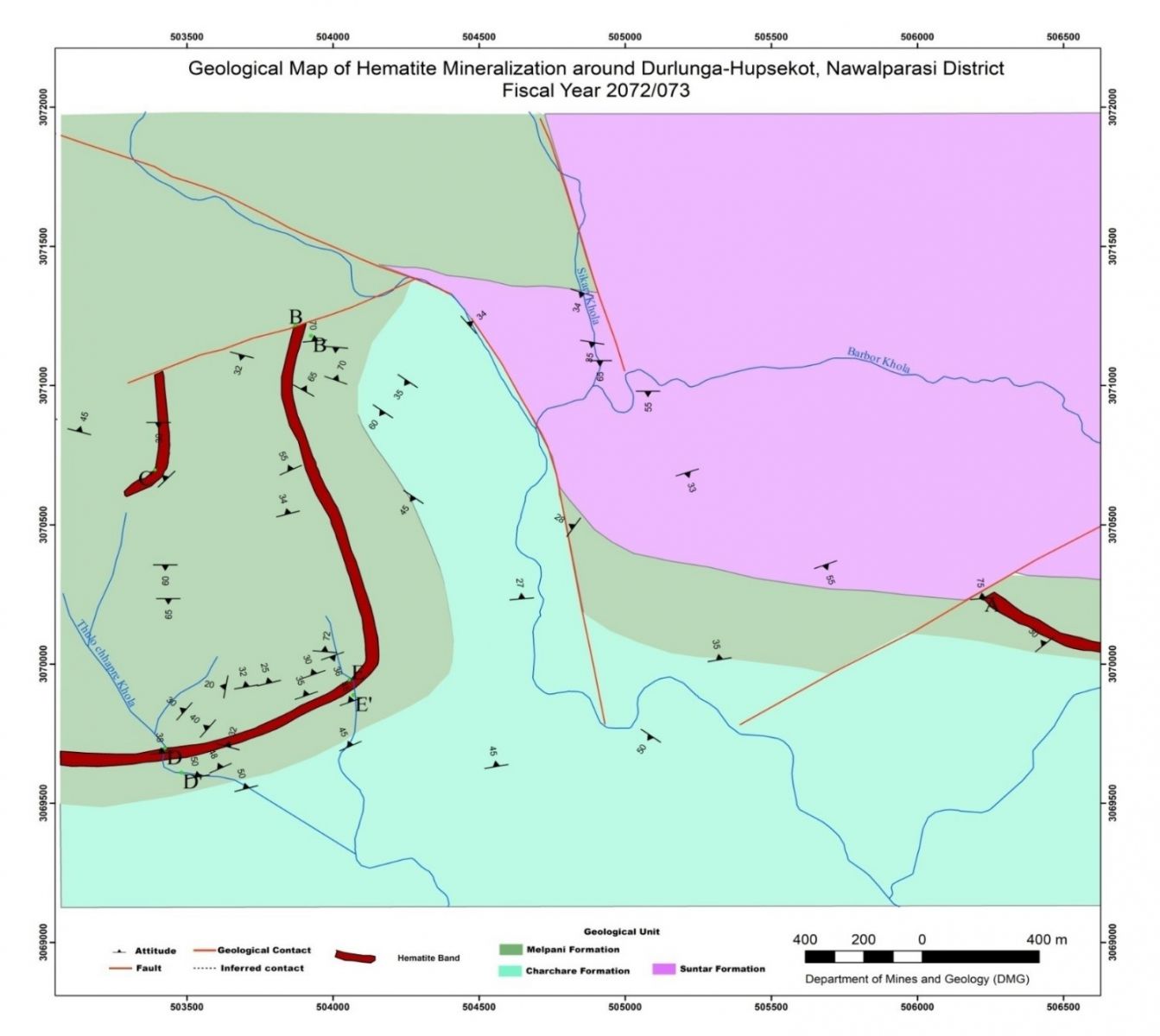
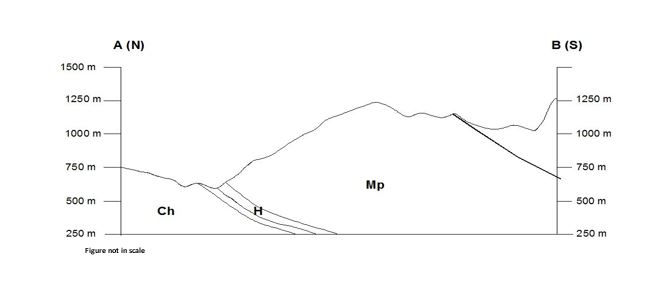
Table 2- Reconnaissance and Preliminary exploration work in whole mineralization zone
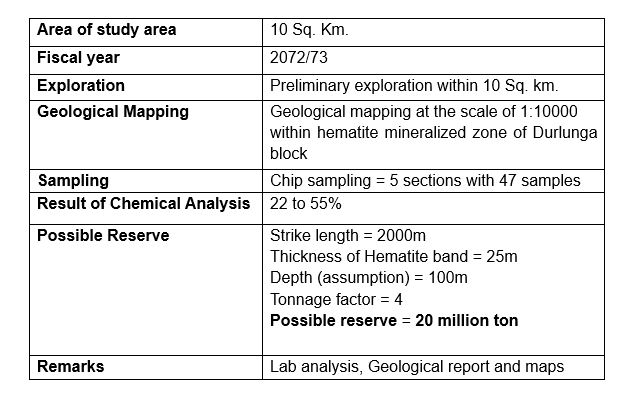
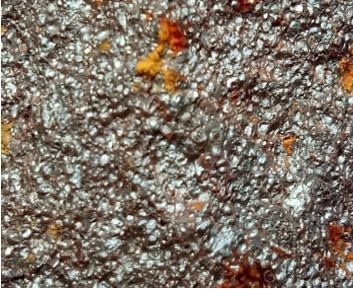
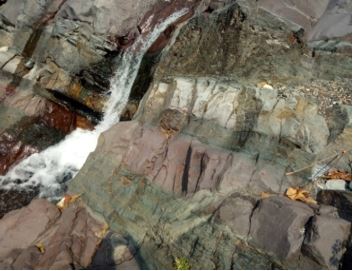
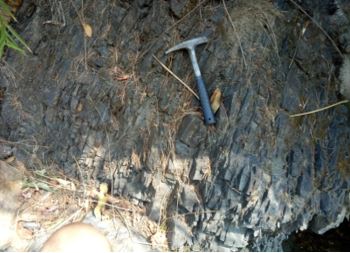
B. Pokhari Block: From Khanigaon to Tharpadanda
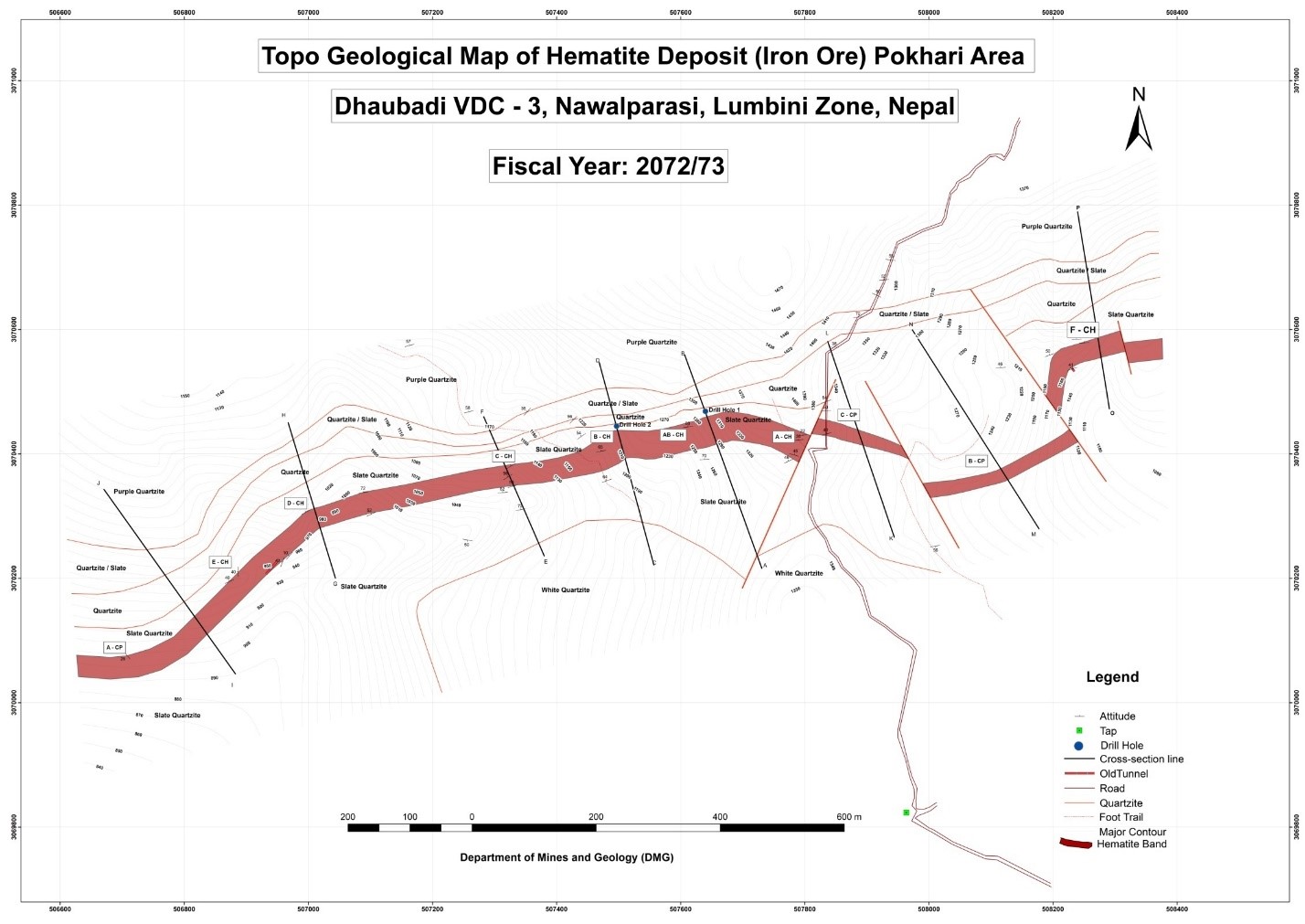
Map 4- Geological Map of Iron Mineralization at Pokhari Block
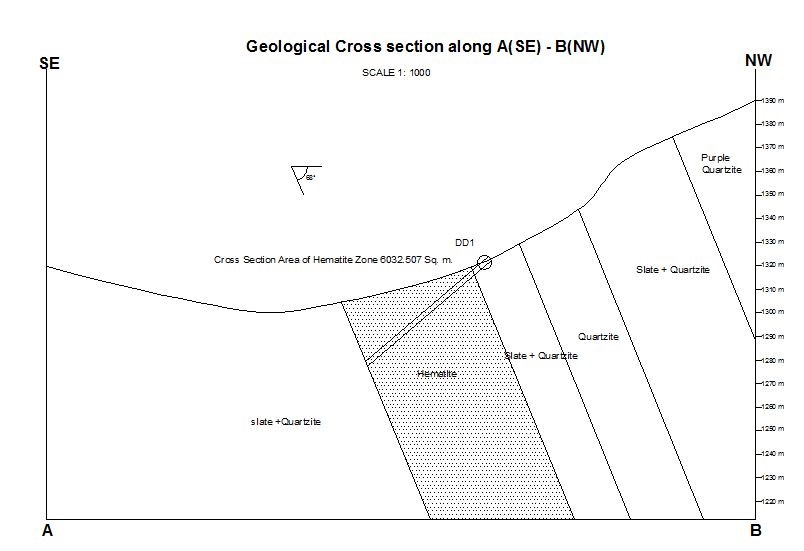
Fig 2- Geological Section along the line A-B, Pokhari Block
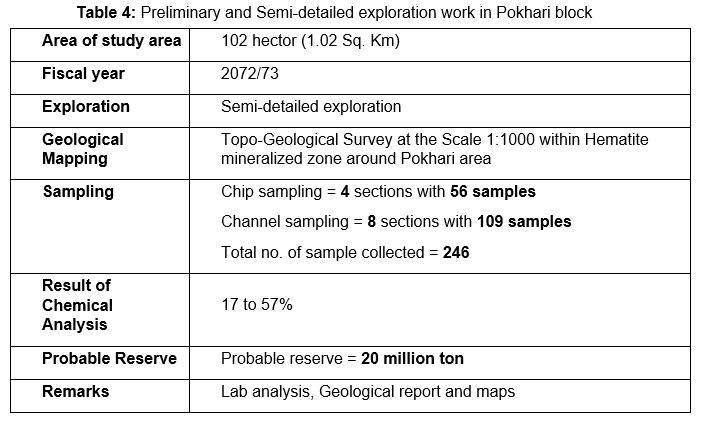

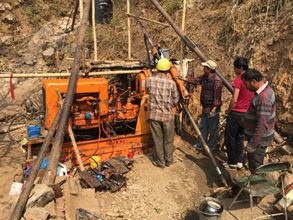
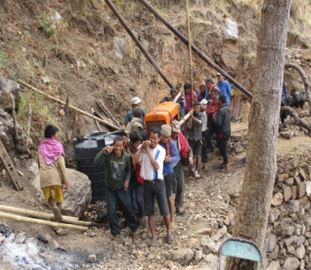
C. Ramche Block: From Tharpadanda to Khalte
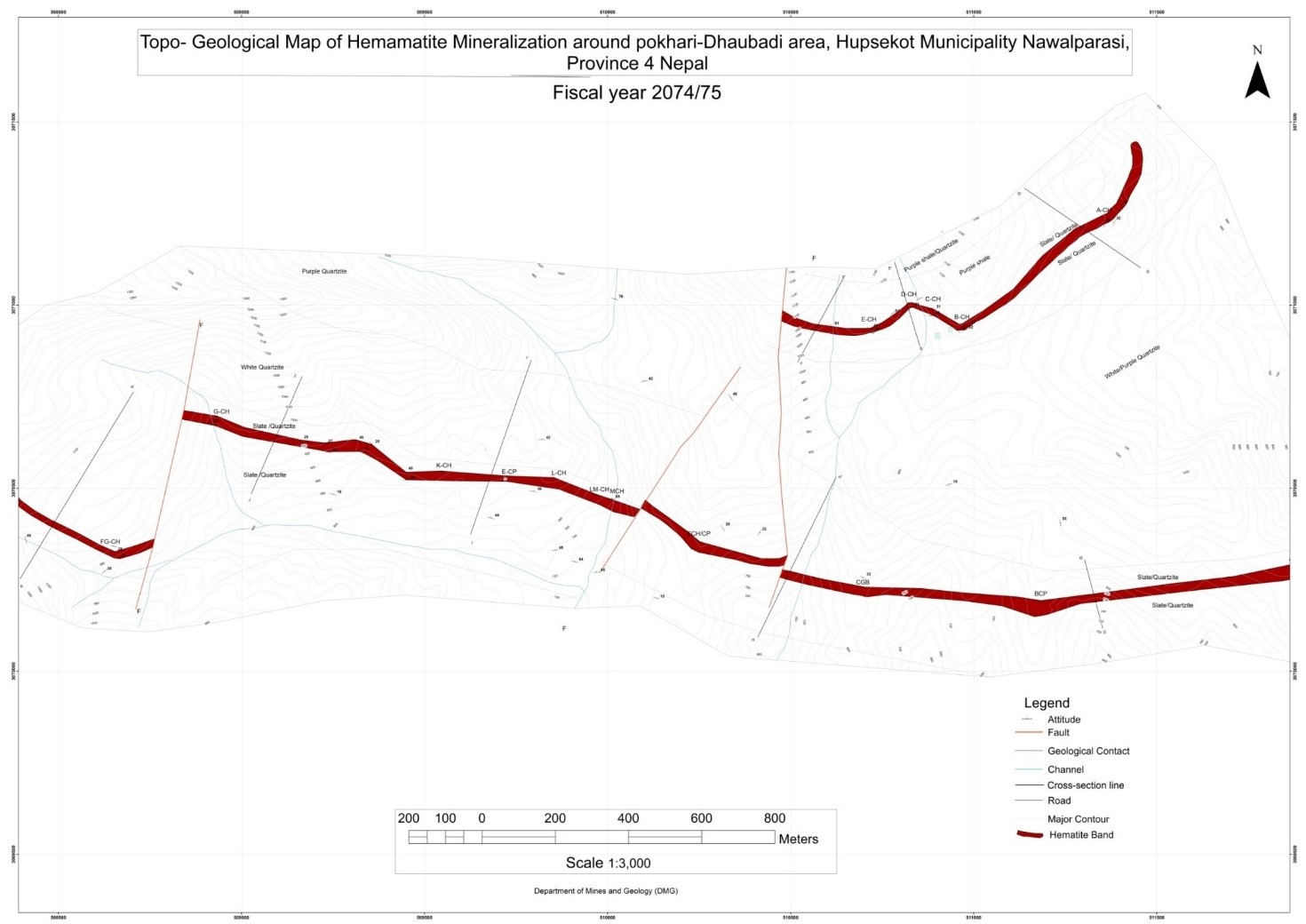
Map 5- Geological Map of Iron Mineralization at RamcheBlock
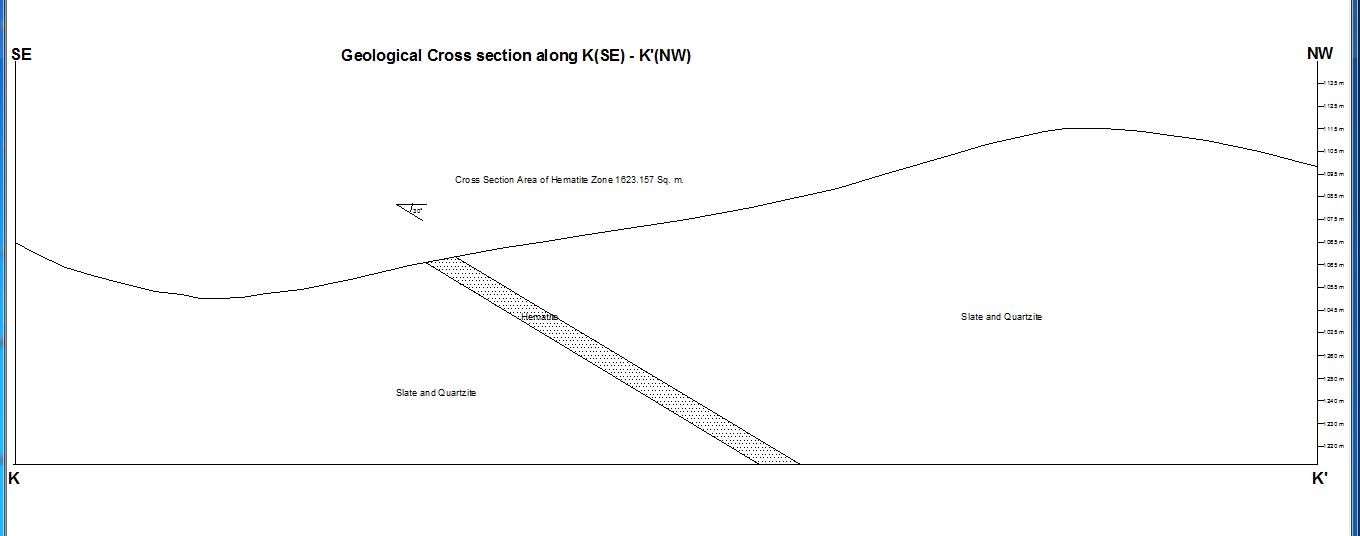
Fig 3- Geological Section along the line K-K’, Ramche Block
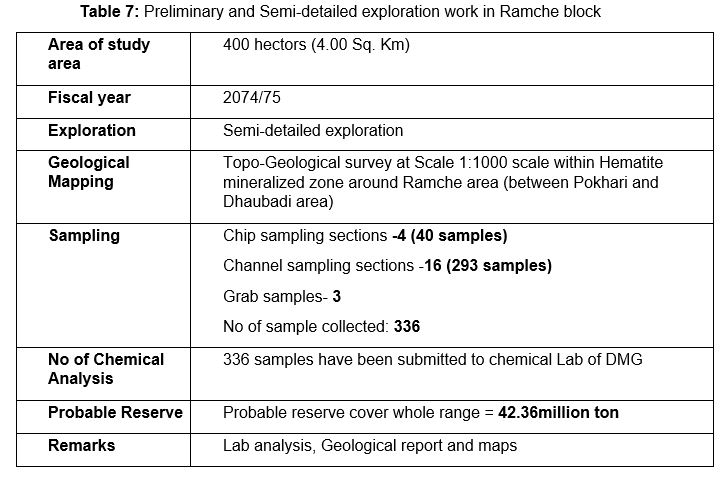
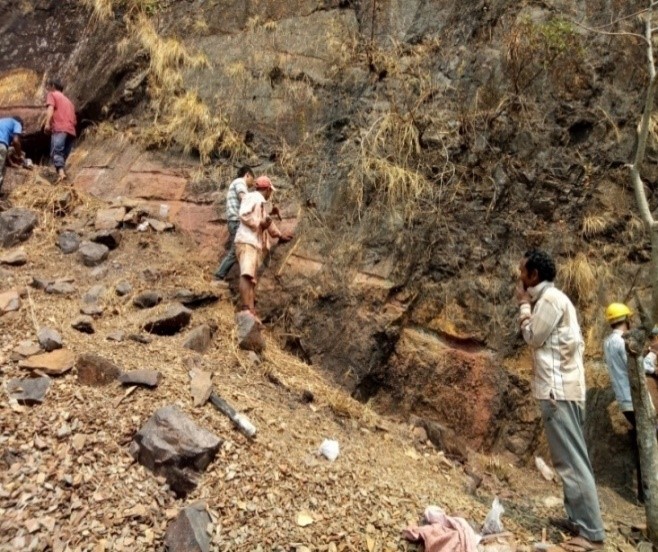
D. Dhaubadi Block: From Khalte to Shantipark
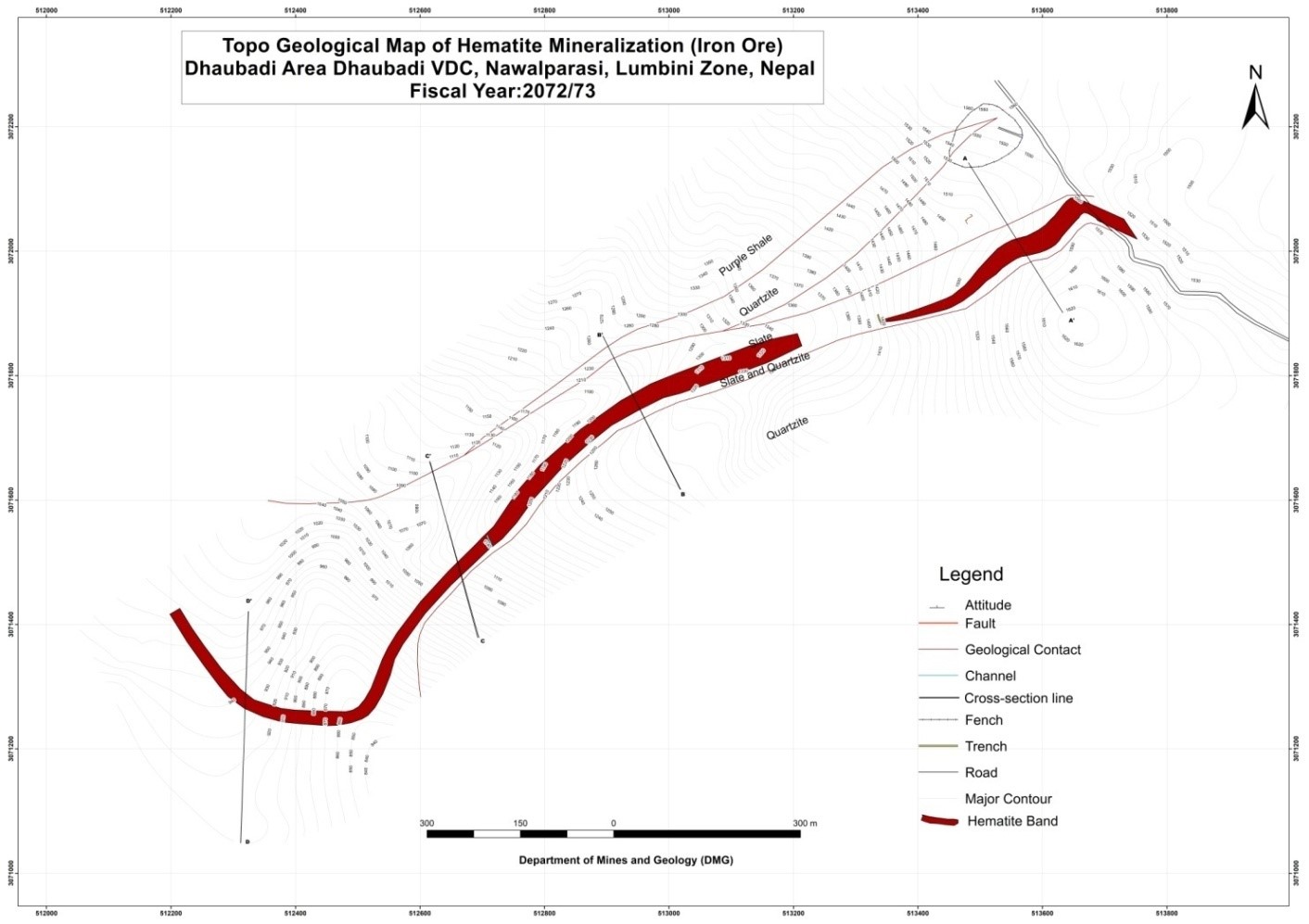
Map 6- Geological Map of Iron Mineralization at Dhaubadi Block
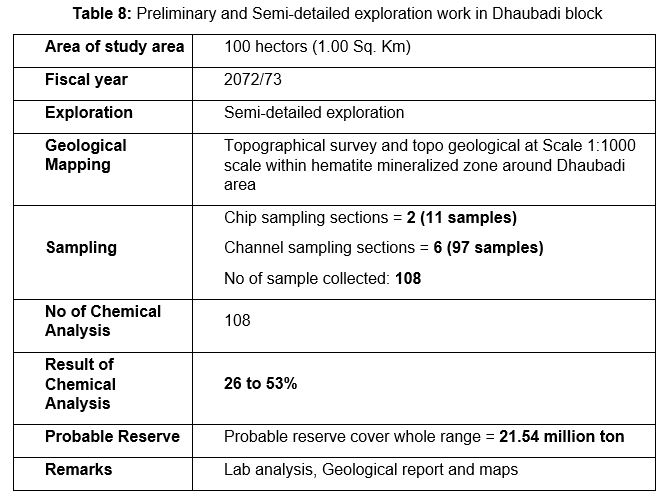
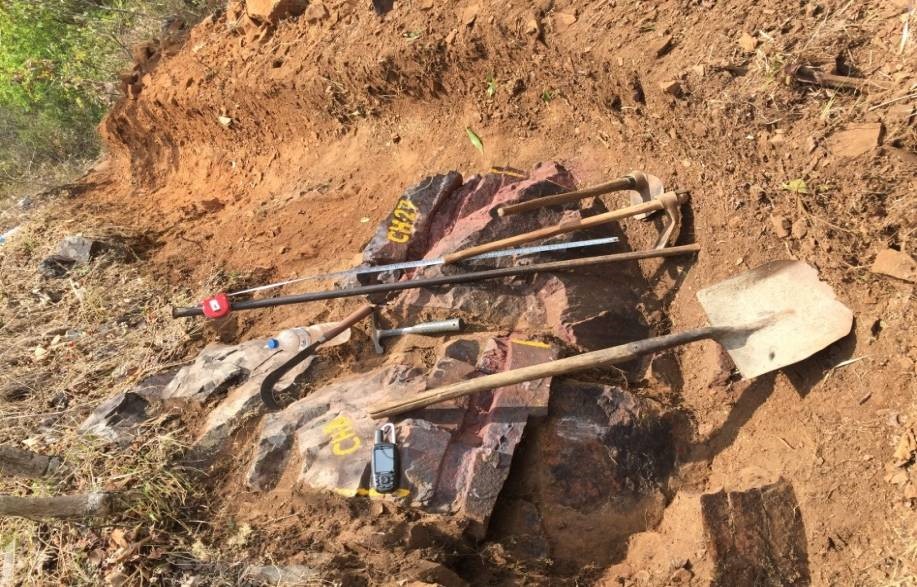
The pilot testing of iron ore is required for selection of beneficiation plant. The detail exploration techniques like geophysical survey, surface sampling, drilling, chemical analysis and ore dressing must be followed in each block to determine the mineability and economic feasibility of mineral deposit.
